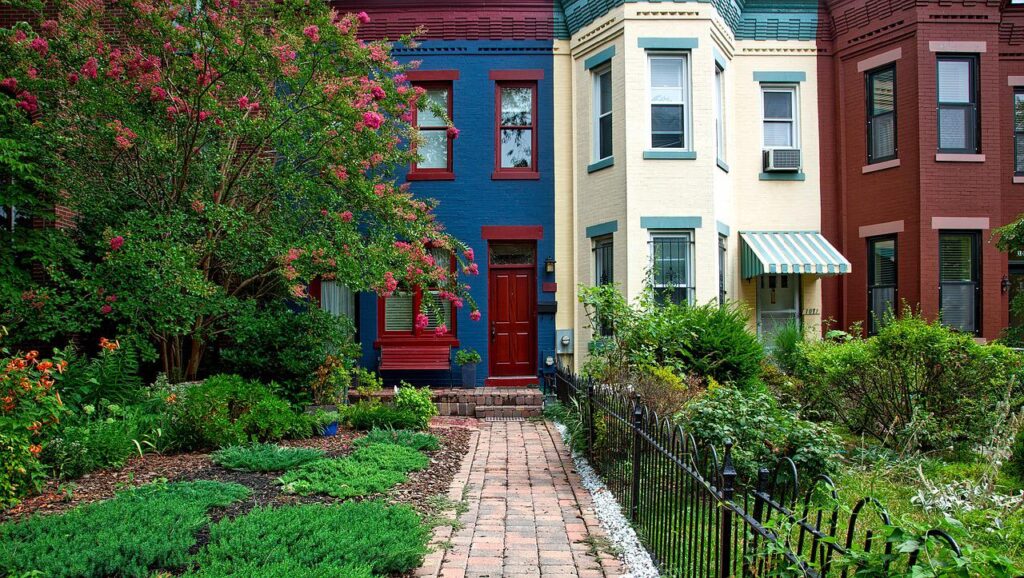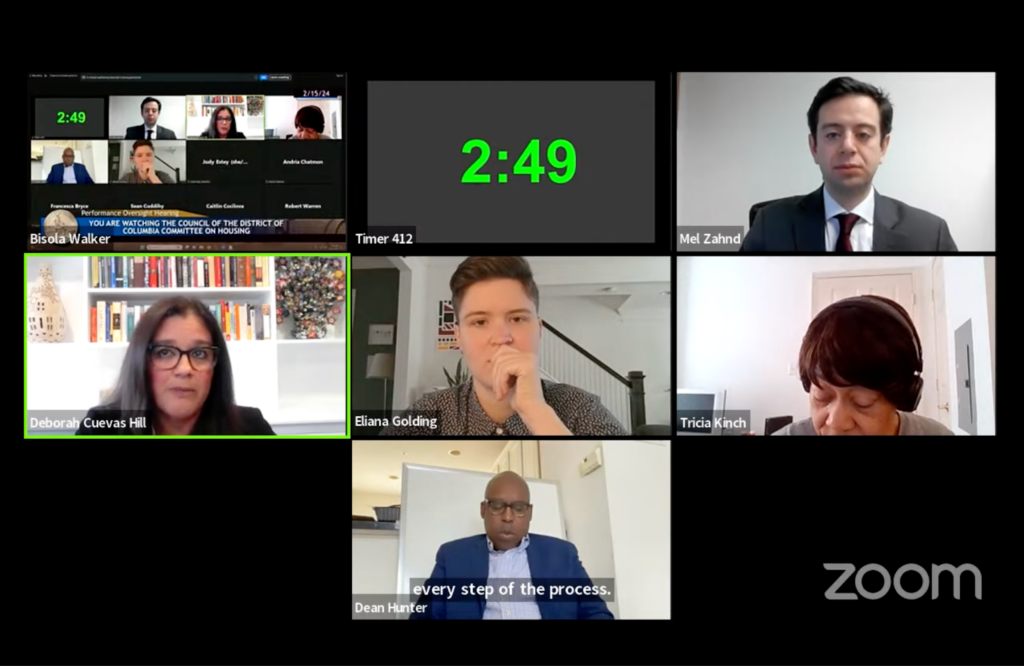The District is more than doubling the amount it provides in financial assistance to residents seeking to purchase their first home.
For years, the city offered no-interest loans up to $80,000 to qualifying first-time homebuyers under a program known as the Home Purchase Assistance Program (HPAP). On Aug. 21, Mayor Muriel Bowser announced a significant expansion of the program, offering residents up to $202,000 in no-interest loans. The new limit will take effect Oct. 1.
“With this program I was able to make a long-time dream become a reality,” said Marcus Branch, a D.C. resident who had been trying to buy a house for years before hearing about HPAP.
Families qualify for an HPAP loan based on their income and household size, with some form of assistance to individuals who make up to $109,600 and families of four who make up to $156,550. Individuals who make below $49,800 annually and families of four who make below $71,150 are eligible for the full loan. HPAP also offers an additional $4,000 to cover closing costs. Total closing costs range from 3-5% of the home’s sale price.

Individuals who make below $79,600 or families of four making less than $113, 850 have no payments until they sell, refinance or move out of their homes. At that point, the whole loan repayment is due. All other program participants begin making monthly payments on the loan after five years.
About 300 households receive a HPAP loan every year, according to the D.C. Department of Housing and Community Development, which runs the program. In 2021, the average price of the homes participants purchased was $350,000, said John Falcicchio, the deputy mayor for planning and economic development.
To apply, contact a community organization or go to frontdoor.dc.gov. All applicants must have a good credit rating, and DHCD prioritizes applicants who are very low-income, elderly, disabled and displaced.
Bowser said the increase is meant to help more Black families purchase homes in D.C. Just over one-third of Black families in D.C. own their homes, compared to half of white families, according to the mayor’s office. In 2016, the Urban Institute found that while an average white household looking for their first home could afford 67% of available units, while an average Black household could afford just 9%.
There are historic and structural reasons behind this inequity. In the mid-1900s, Black homeowners received just 2% of mortgages backed by the Federal Housing Administration. Today, banks deny Black home loan applicants at higher rates than white applicants with similar qualifications, according to an analysis by Reveal News.
Marian Siegal, the executive director of Housing Counseling Services, one of the organizations that administers HPAP, is glad to see the increase. But she cautioned that unless D.C. changes its policy to reserve HPAP funds for the lowest-income residents, some of the money may be used by families who can already afford a home to get a larger or higher-quality property. Still, a rapid increase in demand following Bowser’s announcement is encouraging.
“HPAP is the difference between making homeownership affordable and accessible for so many DC residents,” she said.
Annemarie Cuccia covers DC government and public affairs through a partnership between Street Sense Media and The DC Line. This joint position was made possible by The Nash Foundation and individual contributors.








